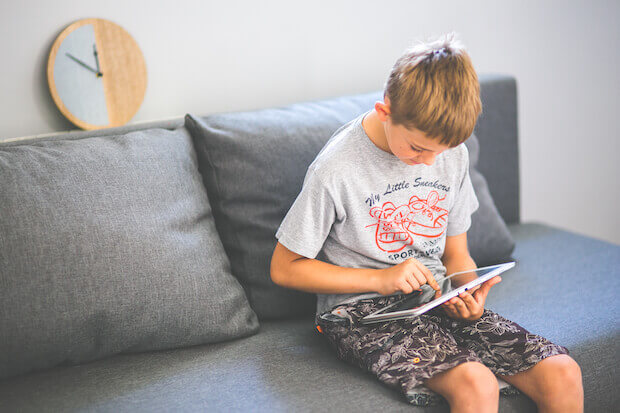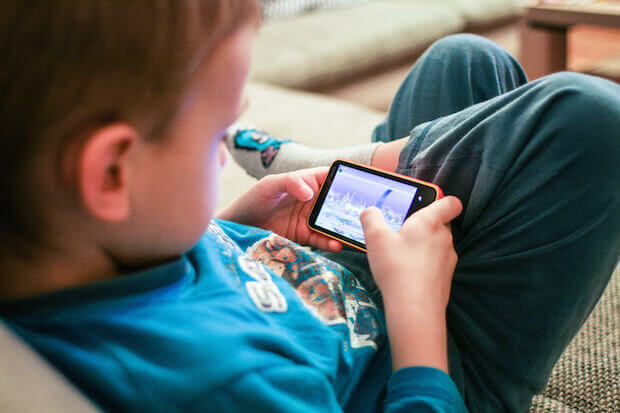
If we think of life skills we want kids to gain, learning about computer hardware might be an important one. It is one of those basic skills that goes hand-in-hand with today’s tech world. It is a valuable skill to have for future careers as almost all types of industries nowadays are dependent on computers. Moreover, kids have access to computers at school and at home. So here we’ll give you a few ideas on how to teach kids about computer hardware.
Teach kids computer hardware basics with an old computer and system unit
Click-N-Learn is a great website you can use to introduce kids to basic computer hardware. They offer three different learning levels and big clear pictures of the hardware inside a computer. In the classroom, you could put students in pairs or groups of three and have them go through the basic hardware terms and their respective pictures.
Once students have become familiar with basic computer hardware, you could try getting an old computer and open the system unit. This would make the lesson more hands-on, as students could touch and see what they’ve just learned on the Click-N-Learn website.
Here is more background info you might find useful when introducing computer hardware to kids.
And here is a lesson plan you can use with kids when teaching about computer hardware.
Use games to teach kids about computer hardware
CSE4K12.org has this great game that comes in handy when teaching kids about computer hardware. The basic premise is that a group of students becomes a piece of computer hardware through role play. So for example, the kids who are the CPU need to tell everyone else what to do. The kids who are the memory need to collect information and remember it so it can be used once it’s needed. Then those who are the display will show all the results. There are accompanying worksheets for each group as well as further instructions for the teacher.
Misha Leder is a Software Engineer at Google and she has a similar activity in which students simulate a mouse, IO controller and a processor. In fact, her entire blog has a lot of info on teaching kids about computers.
Teach kids to build a computer using toys
You may have heard of Raspberry Pi (a $25 single-board computer that launched in 2012). Its aim was to teach kids about computer programming. But according to Venturebeat.com, Raspberry Pi was not very kid-friendly. Parents and kids who bought it were lost as to how to use this piece of computer hardware.
So, the creator of Kano used the Raspberry Pi and combined it with the Lego building concept. A Kano kit comes with some of the basic computer hardware kids might already be familiar with (such as “the brain, memory, keyboard, and speaker”). Not only can kids build their own computer, they’ll learn about computer coding too.
Read more about coding on our blog post titled, “Why kids should learn to code.”
Teaching kids about computer hardware doesn’t have to be a boring subject. It is possible to make this subject fun and interactive, as well as memorable and even useful for kids’ future!




